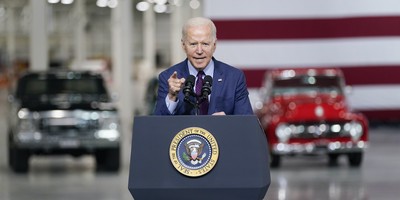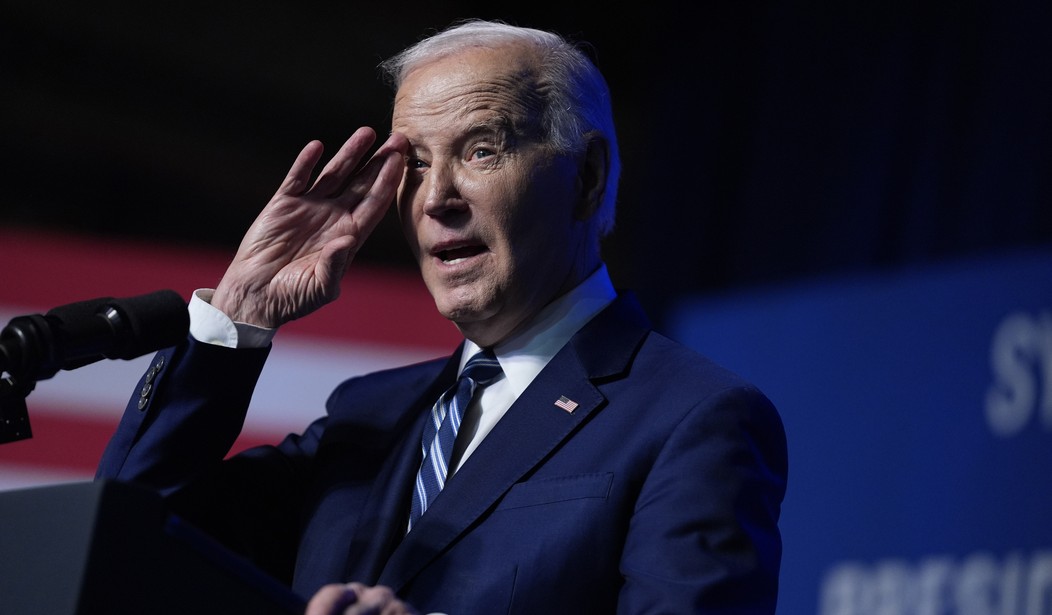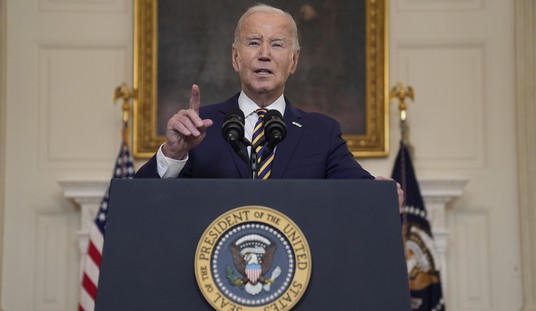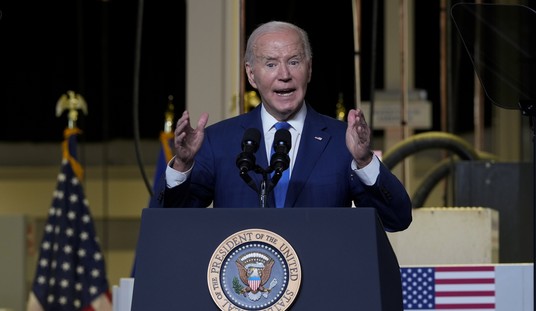When President Biden signed the Inflation Reduction Act in 2022, he promised it would lower Medicare costs for America's seniors. Loaded with the all-too-familiar political rhetoric of "taking it to drug companies"-- what is missing from this talking point is how the President "took it to seniors."
Thus far, however, seniors' costs have skyrocketed. A new report reveals that for those with a Medicare Part D drug plan, this year's premiums have increased by a crushing 21%, on average. Next year's prices are expected to be even higher.
The IRA is unraveling the "Part D" drug benefit -- and hitting seniors with bills that few can afford. It's high time to review what went wrong.
The IRA's most heralded reform gave Medicare officials the authority to set prices on a growing list of medicines covered by the program. Most thought the law would translate into savings at the pharmacy counter, but the IRA's price-setting provision was designed to save the government -- not patients -- money.
The IRA's framers knew that the law wouldn't reduce drug prices immediately, so they included other sweeteners. One, a cap on monthly insulin costs at $35, has taken effect and is rightly popular. Another, lowering the cap on out-of-pocket drug expenditures, could have been popular -- except that it doesn't take effect until next year, and was so poorly designed it's already producing surprise premium increases.
The scheduled decrease in the out-of-pocket maximum for prescriptions was a classic bait-and-switch. Seniors who take only brand name drugs thought they would save when the out-of-pocket maximum went down from about $3,300 under the old rules to $2,000. The IRA's framers knew perfectly well they had no magic wand to make the $1,300 differential disappear, and the government had no intention of picking up that tab. So, lawmakers shifted financial responsibility for most of the $1,300 to insurers.
Recommended
Unsurprisingly, insurers have simply passed that cost back to consumers through higher premiums and tighter management on access to drugs. Put another way, seniors are paying higher premium prices today for promised out-of-pocket savings starting in 2026.
This year, Part D premiums are up roughly 21%. Next year, they could increase by close to 50%. Medicare beneficiaries will start to see these price hikes when they start shopping for a plan on October 1 of this year. Just as President Biden campaigns on "lowering drug costs" this fall, many seniors' jaws will drop over sky-high premiums for the prescription drug benefits they need.
A second troubling consequence of the IRA is fewer choices for seniors. I was on the team of congressional staff who designed and wrote the law that created Part D in 2003. At that time, it was not clear that any health insurers would participate in the program, largely because seniors tend to have high healthcare needs, and stand-alone prescription drug coverage was a new concept at the time. Yet to our surprise, more than 1,400 plans joined the Part D market within a year.
In 2024, the number of prescription drug plans available is less than half of what it was when the program launched. Nearly 100 plans disappeared last year alone, and the current selection is the smallest in history.
While the situation is bleak for all Medicare recipients, low-income enrollees are suffering the most. The number of Part D plans available to them has fallen by 34% in just the past year.
Already, one major health plan has indicated they are pulling out of the Part D market in 2025, which could force almost 200,000 seniors to find a new plan. We expect more plans to leave the market in the coming years, further reducing options for beneficiaries.
Another impact of the IRA is that Part D insurers are aggressively cutting costs by adding more "prior authorization" requirements and by pushing patients toward the cheapest therapies first.
None of this damage was necessary. Bipartisan proposals to redesign the drug benefit in a smarter, less disruptive way were proposed -- but ignored in the interest of rushing a partisan bill through Congress.
More than 50 million American seniors are enrolled in Medicare. They were told the Biden administration was improving the drug benefit. They're now learning the IRA is breaking it.
Joel White is the President of the Council for Affordable Health Coverage, a non-profit advocacy organization that seeks to lower the cost of health care for all Americans.
























Join the conversation as a VIP Member